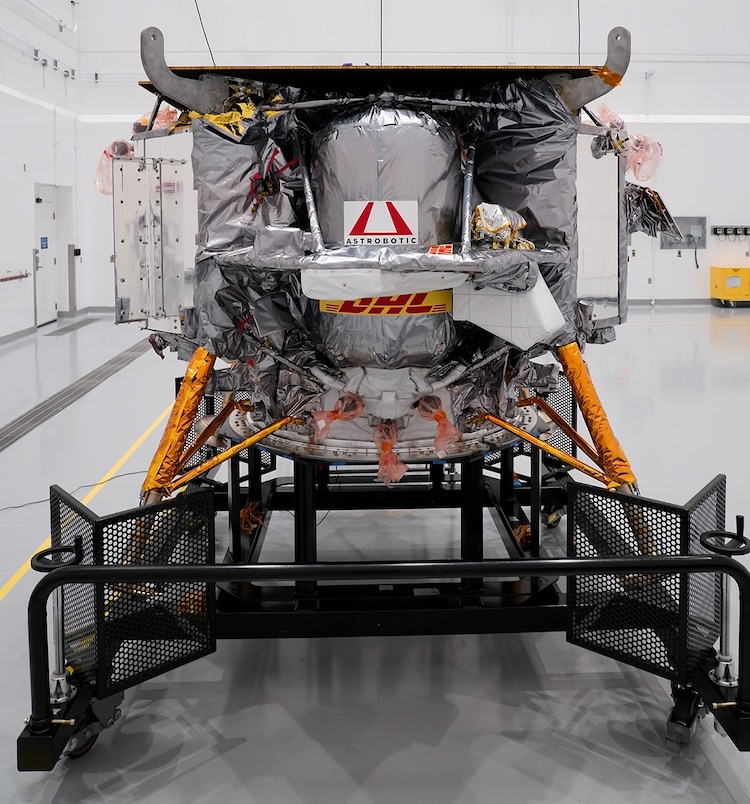After Isro’s historic lunar landing in 2023, a private company is set to kick off 2024 with a similar achievement by launching a spacecraft to land on the Moon.
The Peregrine Lunar Lander, developed by Astrobotic Technology, was successfully launched aboard the United Launch Alliance’s Vulcan rocket, marking the beginning of its groundbreaking mission to explore the Moon. This venture is part of NASA’s Commercial Lunar Payload Services (CLPS) initiative, which collaborates with commercial entities to transport payloads to the lunar surface.
Standing at about 1.9 meters tall and spanning 2.5 meters across, the Peregrine Lunar Lander is specially designed to transport scientific instruments and payloads to the Moon’s surface, with a specific focus on the Sinus Viscositatis region, also known as the Bay of Stickiness, near the Gruitheisen Domes adjacent to the Oceanus Procellarum, or Ocean of Storms.
The mission’s objectives are ambitious, aiming to analyze the lunar exosphere, evaluate the thermal properties and hydrogen content of the lunar regolith, investigate magnetic fields, examine the radiation environment, and test advanced solar arrays.
Named Peregrine Mission 1, it will carry approximately ten payloads with a total mass capacity of 90 kilograms. The scientific payload includes cutting-edge instruments such as the Laser Retro-Reflector Array (LRA), Linear Energy Transfer Spectrometer (LETS), Near-Infrared Volatile Spectrometer System (NIRVSS), PROSPECT Ion-Trap Mass Spectrometer (PITMS), and Neutron Spectrometer System (NSS).
Interestingly, five additional science payloads initially planned for this mission have been reassigned to future lunar delivery missions. After spending time in Earth orbit and a cruise phase towards the Moon, the lander will execute a precise descent to the lunar surface, where it is expected to operate for approximately 192 hours.
